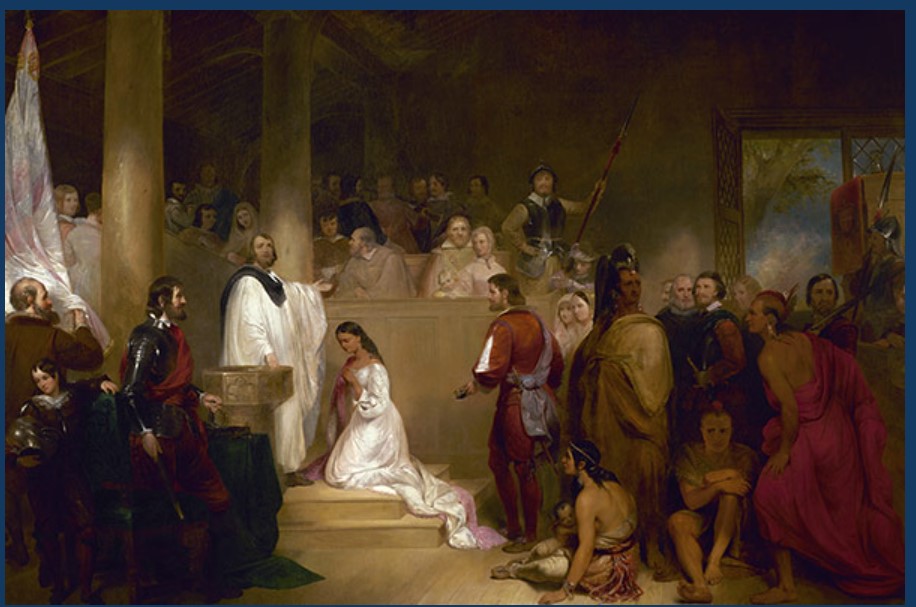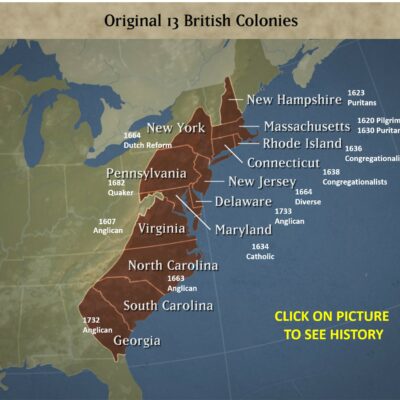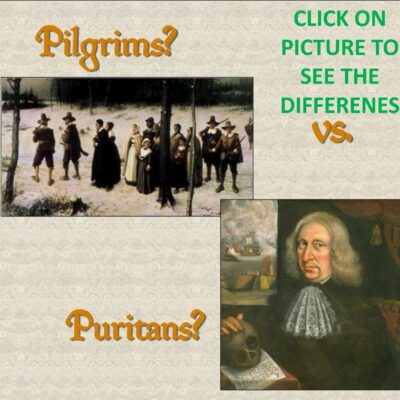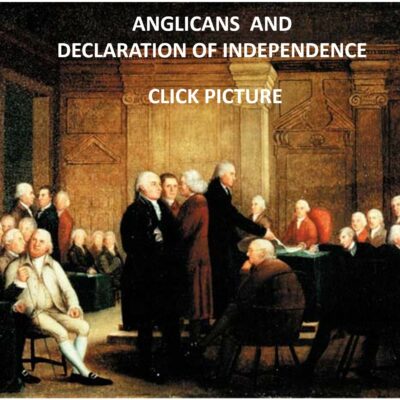Anglicans in America
Jamestown, 1607
The term “Anglican” is derived from the Latin term “Anglicanus,” or “English”. It became the pseudonym for the Church of England because it reflected the English origins of the Church of England, its unique theological position, and the political and historical context of the English Reformation. Over time, it came to represent a broader tradition that includes not only the Church of England but also the various independent Anglican provinces around the world.
Anglicanism was brought to the American colonies by English settlers in the early 17th century. These settlers included Anglicans who were part of the broader group of English colonists. As mentioned earlier, Jamestown, Virginia, was one of the earliest English settlements in America, and Anglicans were among its inhabitants.
Virginia was settled by businessmen–operating through a joint-stock company, the Virginia Company of London–who wanted to get rich. They also wanted the Church to flourish in their colony and kept it well supplied with ministers. Some early governors sent by the Virginia Company acted in the spirit of crusaders. Sir Thomas Dale (d. 1619) considered himself engaged in “religious warfare” and expected no reward “but from him on whose vineyard I labor whose church with greedy appetite I desire to erect.” During Dale’s tenure, religion was spread at the point of the sword. Everyone was required to attend church and be catechized by a minister. Those who refused could be executed or sent to the galleys. When a popular assembly, the House of Burgesses, was established in 1619, it enacted religious laws that “were a match for anything to be found in the Puritan societies,” noted for their stringent, punitive religious restrictions.
Virginia was a bastion of Anglicanism. Her House of Burgesses passed a law in 1632 requiring that there be a “uniformitie throughout this colony both in substance and circumstance to the cannons and constitution of the Church of England.” The church in Virginia faced problems unlike those confronted in other colonies–such as enormous parishes, some sixty miles long, and the inability to ordain ministers locally–but it continued to command the loyalty and affection of the colonists. At the end of the seventeenth century the church in Virginia, according to a recent authority, was prospering; it was “active and growing” and was “well attended by the young and old alike.”
Anglicanism in Other Colonies
The Church of England in the colonies suffered from a sluggish rate of growth and a shortage of clergymen throughout much of the seventeenth century. But in the century before the American Revolution, that communion’s fortunes prospered, primarily through the emergence of tobacco agriculture and the use of slaves. Anglican churches, initially appearing in Virginia, spread along the length of the Atlantic seaboard, the largest concentration being in the coastal South. In these colonies, Anglicanism also enjoyed the advantage of being the established, state-supported church, as it had been in England since the sixteenth century. . The Carolina colony (ultimately becoming North and South Carolinas in 1729 by royal decree) was established in 1633 followed by New Jersey in 1664. The first Anglican church in New York is established in 1673, marking the spread of the Church beyond the southern colonies. In 1692, the Church of England was made the official religion of Maryland,
The Society for the Propagation of the Gospel in Foreign Parts was founded in England in 1701, sending missionaries and establishing schools throughout the American colonies. In 1704, the first Anglican Church in Pennsylvania is completed. Georgia was established in 1732, and Delaware in 1733.
Marriage of Pocohontas to John Rolfe

The most famous early convert was Pocahontas, daughter of Powhatan, head of the Powhatan Confederacy. Pocahontas was baptized by the Reverend Alexander Whitaker before her marriage to John Rolfe in 1614.
The First Anglican Bishop in America?
James Blair was ordained a priest in the Church of England and arrived in Virginia in 1685. In 1689, he was appointed the “Commissary for the Bishop of London in Virginia,” essentially holding the authority of a bishop within the colony. However, he was never formally consecrated as a bishop, so some historians don’t consider him the first “true” Anglican Bishop in America.
Samuel Seabury is widely considered the first Anglican Bishop in America because he served as the first bishop for the Episcopal Church in Connecticut. Following the Revolutionary War ((1775-1783), he was consecrated in Aberdeen, Scotland, in 1784, by Scottish bishops who remained in communion with the Church of England but couldn’t legally consecrate bishops due to political restrictions. Seabury played a crucial role in establishing the nascent Protestant Episcopal Church in the United States.



